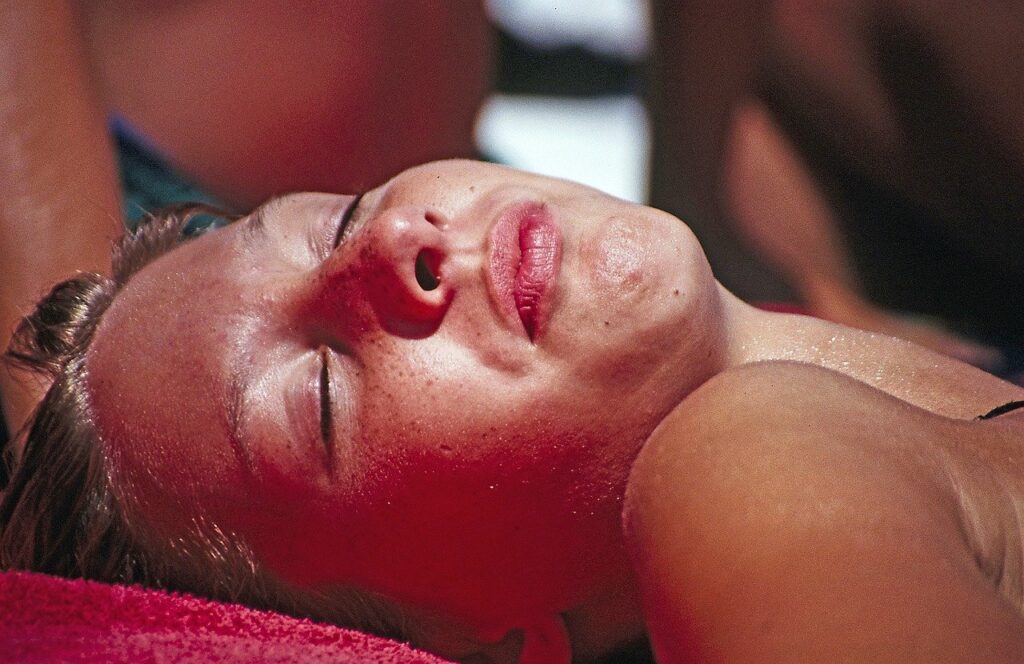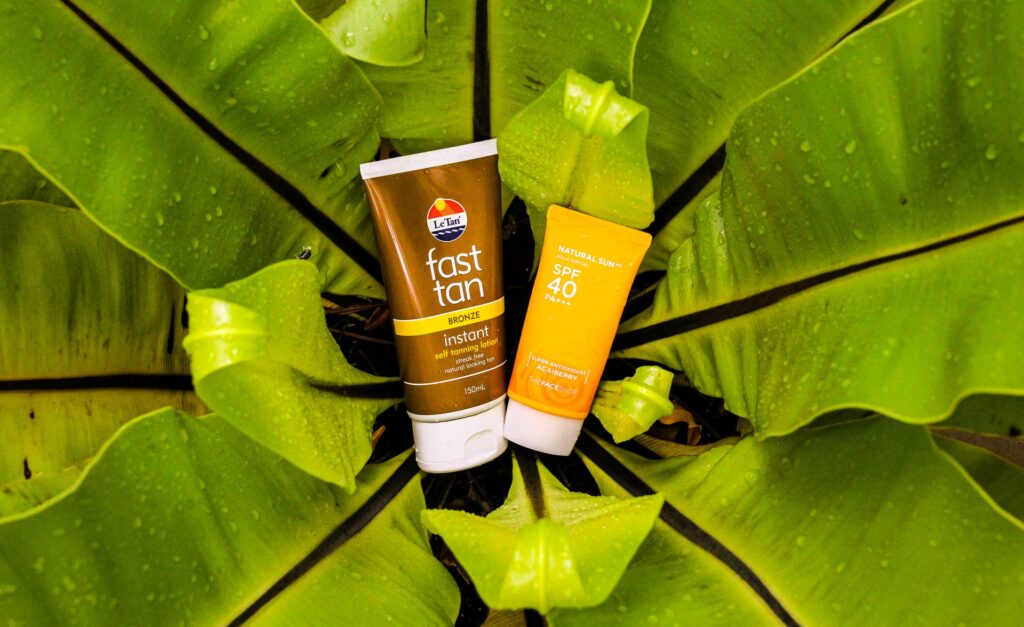The sun emits rays of light that absorbs by the outer layer of the skin. However, excessive opening to these rays can be dangerous. By tanning and exfoliating, the body protects the skin and repairs damage. This article will let you know how long the sunburn last and the treatment of sunburns.
Sunburns can be harsh and unattractive, but they don’t last forever. How long does sunburn last, depending on its severity and certain risk factors? Sunburns are constantly damaging the skin, so a person must protect their skin from the sun. When someone is sunbathing, there are several things they can do to ease exposure and take care of their skin as it recovers.
What is sunburn?
Before looking at the duration of a sunburn, it is important to understand what a sunburn is. Sunburn is the skin’s reaction to damage from bright light (UV). The manifestations vary from redness when the body sends blood through small veins near the skin to stripping when the skin sheds dead and damaged skin cells.
Someone should not be in the sun for long, which is a perfect opportunity to get sunburned, and individuals can use it on cloudy days. UV radiation from the sun may not be visible to the naked eye. However, UVA and UVB rays have a noticeable effect when the skin tans and wears down.
UVA rays are long-wave light. Although less harsh than UVB rays, they penetrate deeper into the skin and can cause long-term damage. UVB rays don’t infiltrate the skin as much and damage cells near the surface, making them red and causing sunburn.

How long does sunburn last?
People may not realize they are sunburned quickly as the manifestations usually begin around 4 hours after the skin exposes to the sun. Sunburn is a sign that the body is trying to repair damaged skin, which may require some investment. Sunburns usually last a few days to a week or more.
How long does the redness from sunburn last?
Its time depends on the severity of the sunburn, from 3 days to maybe more than seven days. Typically, the immediate side effects of clogged, reddened, sore skin worsen 24 to 36 hours after opening to the sun.
How long do sunburns last?
Agony is often most noticeably horrific 6 to 48 hours after exposure. If the skin peeled off, it usually starts 3 to 8 days after exposure to the sun. The immediate effects of sunburn should go away within a few days or weeks; the damage can last longer.
UVB and UVA rays can also affect the presence of the skin, causing maturation, wrinkles and earth-coloured age spots. Sunburn can be a threat to anyone, regardless of their dull or fair skin tone.

Treatment alternatives
Sunburn cannot be cured because the skin has been damaged and should heal on its own. Also, there are numerous ways you can ease the discomfort associated with sunburn and help the skin set in.
If someone sees that they are sunburned or start using, they should escape the sun and start treatment to combat the effects of the sun. A cool shower or the gentle application of cool, damp cotton on the sunburn can help calm you down and remove heat from your skin.
Drinking extra water can help prevent drought. It can cause the body to move more fluid to the skin to repair the damage. Applying a cream can relieve the skin and prevent it from drying out. Individuals should choose one that contains aloe vera or soy and does not contain alcohol.
If the sunburn is particularly terrible, absurd hydrocortisone cream can help. Relieving ailments like anti-inflammatory drugs or ibuprofen can help reduce the expansion and discomfort.
If the sunburn is extreme, chopsticks can frame the skin to help it recover and prevent contamination. The skin often disappears after sunburn as the body sheds dead and damaged cells. This interaction can take a few days. Those who get sunburned should never tear the skin but let it fall usually.
Also Read: How To Use Tanning Oil And How Does Tanning Oil Work?
Sunburn advice
To avoid sunburn, it is mandatory to apply sunscreen with an SPF of 15 or more and stay away from the sun when the rays are most anchored. It is recommended that people remain outdoors between 10 a.m. and 4 p.m. for the sun, at the point where the rays are the most anchored and the UV opening is the most pronounced.
It is also possible to burn yourself in cloudy weather. Daylight reflected from water or snow can also be harmful. Therefore, people should be careful when skiing or cruising. The use of sunscreens is an crucial advance in anticipation of sunburn. However, there are a few key points to keep in mind to ensure that they are viable.
Wear a loose, long-sleeved, tightly woven dress for protection from the sun. In addition, wear a large, flowing beanie to protect your head and neck from drinking.
Conclusion
Sunburn isn’t just annoying and unattractive. It can have a long-lasting effect on the well-being and appearance of the skin and increase the risk of developing a malignant skin tumour. Protecting your skin from the sun by staying in the shade and using sunscreen during the hottest part of the day can help prevent sunburn and the long-term damage it causes. I hope everyone gets to know how long does sunburn last, and thanks for reading.
